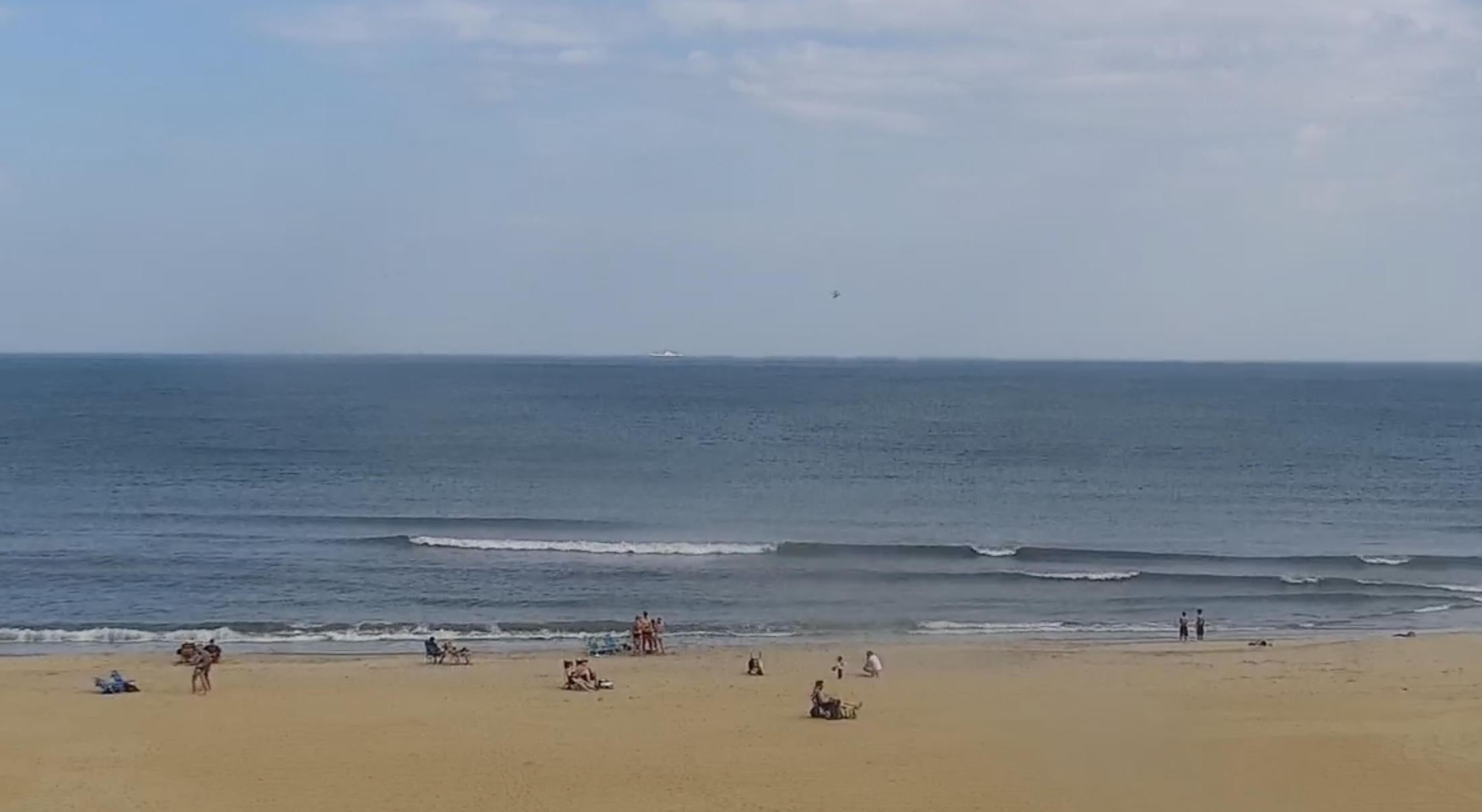The Ocracoke Waterways Commission is looking for a way to make the ferry ride between Hatteras and Ocracoke shorter.
At their Nov. 20 meeting, the N.C. Ferry Division agreed to survey areas of the current route that may lend themselves to dredging and possibly creating a shorter ride between the islands.
Deleting a minimum of 10 minutes would be necessary to bring the crossing time to about 45 minutes, said Harold Thomas, Ferry Division director, who attended the Nov. 20 meeting with Jed Dixon, deputy director, and several other state and federal officials.
“If we could take off 10 minutes, we could get another trip in,” Dixon said.
“That would get you back to what you’re used to,” Thomas added about the numbers of visitors.
Ernie Foster, a charter boat captain in Hatteras and a member of the Dare County Waterways Commission, who also attended the meeting, said this long route puts the whole area in jeopardy.
“We have common cause,” he said, noting the Coast Guard wants a shorter route as well in order to get out to the ocean faster for rescues. “A more viable route would benefit everyone.”
The idea of adding dredge sand to the end of Hatteras also was discussed, but the experts say no, said David Hallac, superintendent of the Cape Hatteras National Seashore, who attended with Mark Dowdle, deputy superintendent.
Hallac noted that Dare County is spending $25 million to put 2.6 million cubic yards of sand along the Buxton beaches in a two-mile stretch from Canadian Hole area to the site of the first jetty.
“The life span of that project is up to 10 years,” he said, but how much sand would be needed to adequately shore up the end of Hatteras Island?
This slide in Dave Hallac’s presentation shows the eroding ends of Ocracoke and Hatteras islands.
Hallac gave a slide presentation that showed how the Hatteras inlet has continued to change. In 1846, Hatteras Inlet opened after having been almost closed since some time in the 1700s.
“These inlets are dynamic by nature,” he said, adding that the recent addition of dredge spoil sand to the north end of Ocracoke has washed away in a few days.
As for dumping sand at the end of Hatteras to help recreate a buffer, he said it’s iffy.
“Do you want to put sand in one of the fastest eroding parts of the Outer Banks?” he asked.
Jurisdiction and oversight of this waterway is under several different agencies: the federal Army Corps of Engineers and the state (including some environmental agencies), with the National Park Service having approval powers of where dredge spoil should go.
Jim Medlock of the Army Corps, who attended via conference call, outlined the limited jurisdiction the Army Corps has in the area, which is to the middle of the “gorge,” or the area in the middle of the inlet.
Dave Hallac, superintendent of the Cape Hatteras National Seashore, explains the dynamic nature of ocean inlets to the Ocracoke Waterways Commission. Photo: C. Leinbach
“We’ve never had authorization from the gorge to the Ocracoke side,” he said. “Congress hasn’t made a change to our authorization for decades.”
Dredging by the Army Corps was authorized by a Congressional act in the 1930s, allowing the corps (with federal funds) to dredge from the Barney Slough at Hatteras out to the end of the island but no further.
Ironically, the current long route is not under anyone’s jurisdiction, Medlock said.
After Hurricane Irene in the fall of 2012 further shoaled the Hatteras Inlet, the historical short route became unnavigable for ferries, charter boats and the Coast Guard to get out to the ocean. Restoring the short route by dredging in the last few years has been unsuccessful.
In the winter of 2013, Hatteras charter boat captains found a natural channel farther west into the Pamlico Sound, which takes about an hour to navigate. That channel was officially sanctioned in 2014 and while it has maintained access between the islands, the longer crossing time has resulted in fewer vehicles with visitors being able to come to Ocracoke.
Concurrently, erosion of the south end of Hatteras and the north end of Ocracoke has widened the channel and eliminated the land buffer that has historically protected the inlet.














